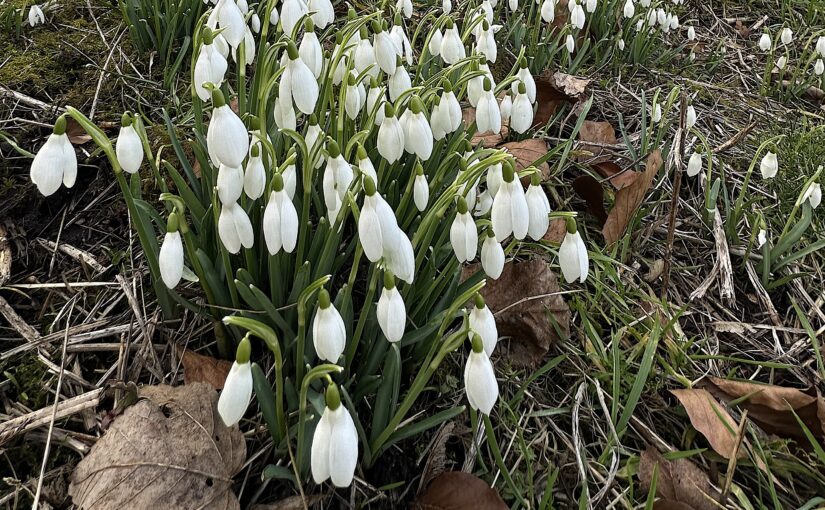I love to make my own Christmas decorations and having spent weeks creating them I am not too keen to take them down after Christmas .
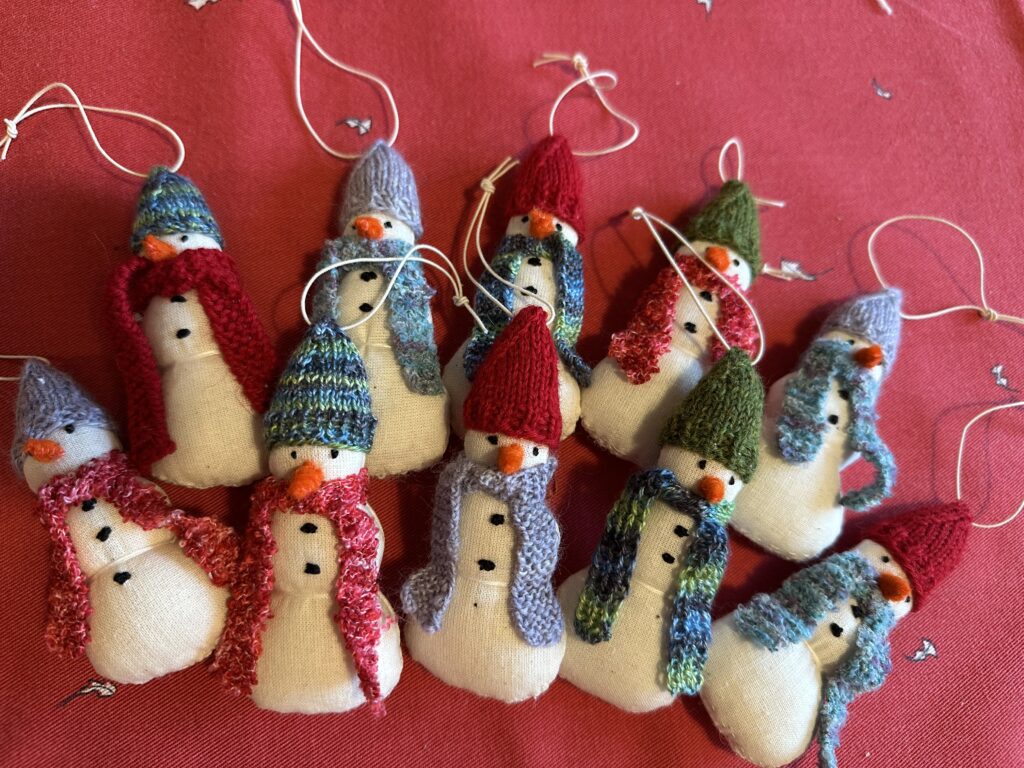
When do you take your Christmas decorations down? Contrary to popular belief, the Christmas season can continue right through to Candlemas on 2nd February – so there’s no real reason why you should remove them any sooner. This ancient festival marked the mid point of winter, any Christmas decorations not taken down by Twelfth Night (January 5th) can be left up until Candlemas Day and then packed away until next year.
What is Candlemas and who celebrates it?
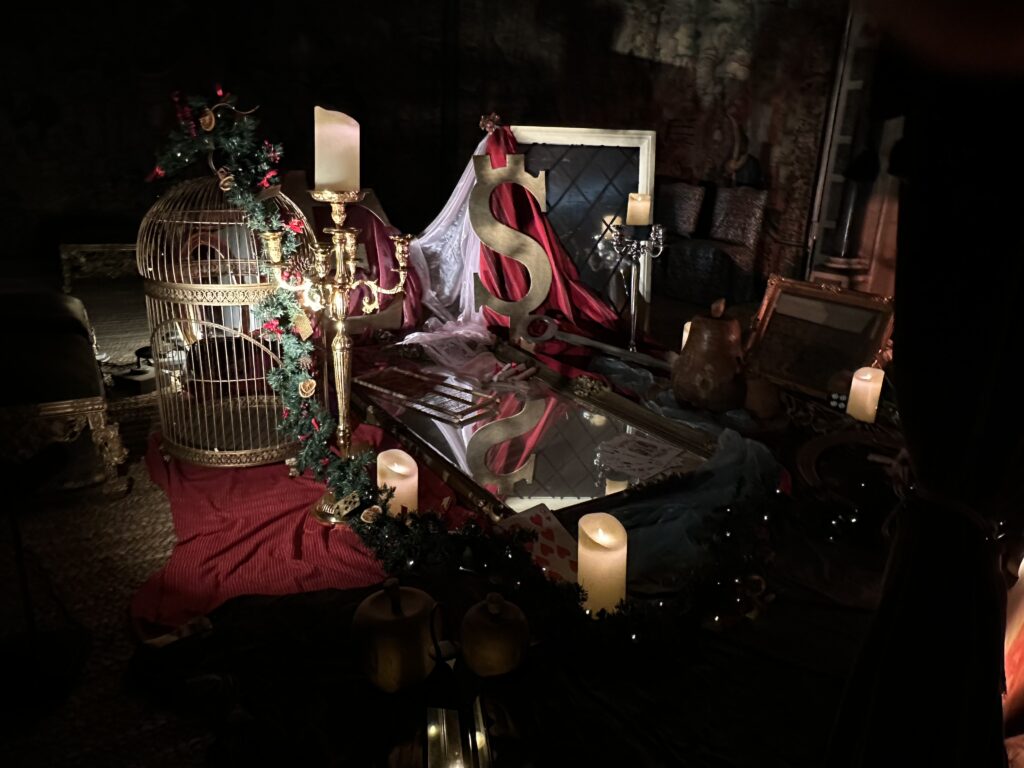
It was an ancient pre-Christian holiday celebrated in the Northern Hemisphere to mark the midpoint of winter, exactly halfway between the Winter Solstice (December 21st) and the Spring Equinox (March 20th).
Candlemas, given its occurrence in the beginning of February, also became a day on which people would prognosticate the arrival of spring according to its sunny or cloudy skies, as the lyrics of one old English song goes.
If Candlemas Day is clear and bright, winter will have another bite. If Candlemas Day brings cloud and rain, winter is gone and won’t come again.
Is Candlemas in the Bible?
Candlemas, and all other liturgical days, are not mentioned in the Bible directly with the exception of Christians worshipping on Sunday (the Lord’s Day). Candlemas is the Feast of the Presentation of the Lord and the Purification of Mary. It’s the end of Christmastide/Epiphany for Western Christians.
As Mary and Joseph presented Jesus in the temple 40 days after his birth, Candlemas is celebrated 40 days after Christians celebrate Christmas. The earliest reference to the festival is from Jerusalem, where in the late 4th century a Western pilgrim attended its celebration and wrote of it.
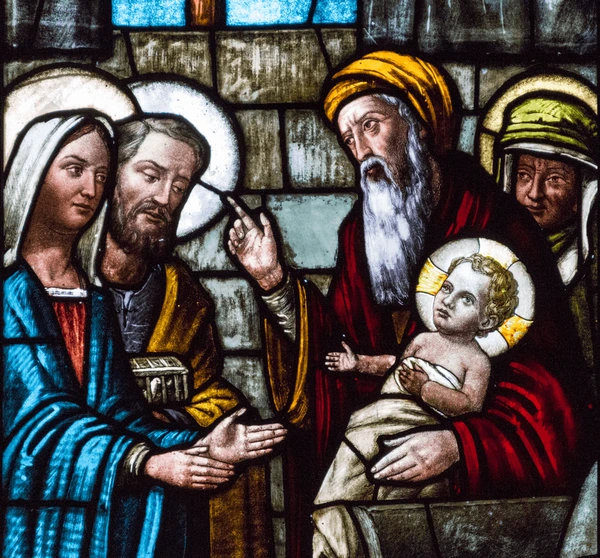
On this day, Christians used to take their candles to their local church to be blessed, hence its name, and then used for the rest of the year. Snowdrops, which flower in this month, are also known as Candlemas Bells.
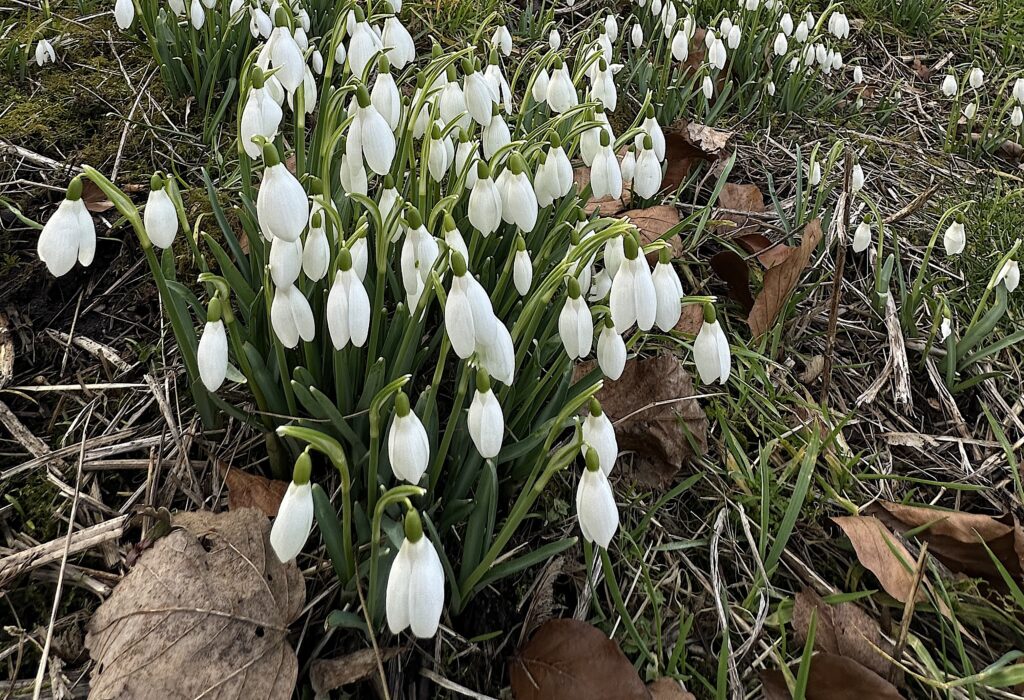
In the Middle Ages Candlemas Day was one of the Holy Days when working people were expected to refrain from work. The pattern of medieval life cannot be understood without reference to the church. The word ‘holiday’ comes from ‘holy day’, and reminds us that days away from work were prescribed by the church and based on the Christian calendar.
Three other traditional holidays were:
May Day, (May 1st) which marked the beginning of Summer, halfway between the spring equinox and the summer solstice. It is an ancient festival often including the gathering of wildflowers to weave into garlands, dancing round a maypole and the crowning of a May Queen.
Lamas or Loaf Mass Day, (August 1st) when a loaf of bread, baked from the new wheat crop was brought to the church to be blessed. It was also a day for making corn dollies and enjoying a feast with family or friends.
All Saints Day, (November 1st) a day when all saints, particularly those who do not have their own special feast day, are honoured in Catholic and Anglican churches.
